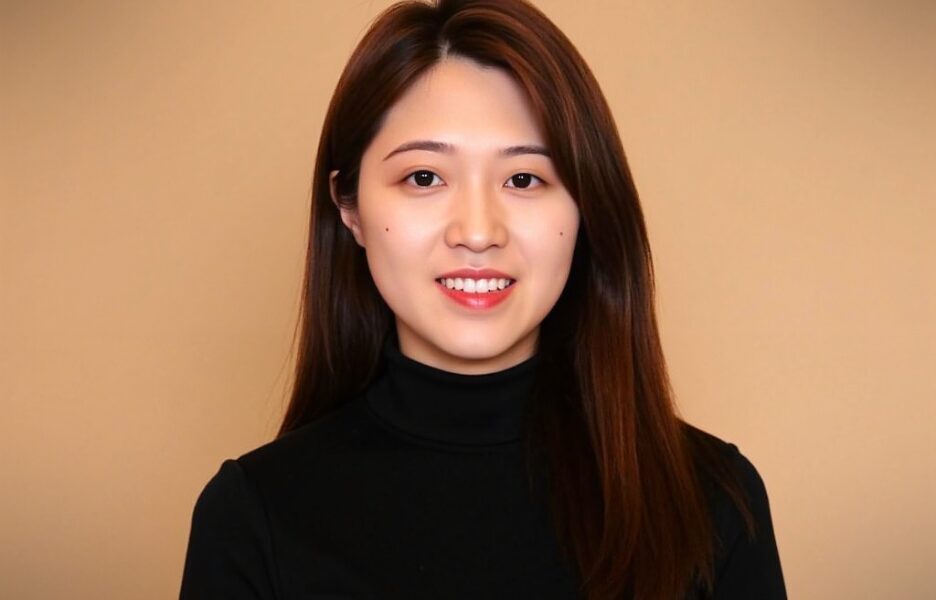Sarah Wang Aims Quantum-inspired Emotional Healing Through BlissBot

As the world outside wrestles with rising rates of anxiety, burnout and emotional isolation, I find myself across from Sarah Wang in a quiet café, moments before she boards her next flight to meet another room full of changemakers.
We discuss her startup, Blissbot, which aims to rewrite the script on mental wellness and explore quantum entanglement as a conceptual framework. BlissBot is an AI-powered companion built to listen, adapt, and heal. Behind its gentle interface lies a powerful multi-agent AI system that blends large language models, visual understanding and spiritual design to provide daily emotional support that actually feels human.
Wang is a former architect of Facebook’s personalization systems. Her mission with BlissBot is to make emotional care proactive, personalized and universally accessible.
In this exclusive interview, Wang talks about the technology powering BlissBot, the trends redefining the intersection of mental wellness and innovation, and her bold vision for how AI can lead the charge in preventative mental healthcare.

Sarah Wang, founder of BlissBot
BlissBot uses AI to support mental wellness. What specific technologies power the platform, and how do they personalize the user experience for something as sensitive as mental health?
BlissBot is powered by large language models (LLMs) and a multi-agent AI architecture, where different intelligent agents work together to support each user’s emotional journey. Unlike traditional single-agent systems, this collaborative structure enables more nuanced, context-aware responses that adapt in real time to the user’s evolving emotional state.
In addition to LLMs, we also leverage advanced visual models and speech-to-text technologies to create a more holistic and responsive user experience.
I bring deep expertise from my work on Facebook’s personalization systems, applying the same level of technical rigor to the development of emotionally intelligent AI—designed not just for scalability, but for meaningful human connection.
We also hold a patent titled “AI-Based Tool for Mental Health Support Utilizing LLM and Personalized Recommendation,” which reflects our core innovation in this space.
Data privacy is a huge concern in the technology space. How is BlissBot designing its technology to protect user trust while still collecting the insights needed to improve care?
At BlissBot, user privacy is non-negotiable. We give users full control over their data—they decide what to share and can delete their information from our system at any time. Internally, we follow a strict policy: “don’t access user mental health data unless absolutely necessary.” This principle is deeply embedded in both our technology stack and team culture.
In our patent, “AI-Based Tool for Mental Health Support Utilizing LLM and Personalized Recommendation,” we explicitly define a technical and data architecture that prioritizes user privacy at every layer of the system.
You’ve built BlissBot to be accessible to a wide range of users. How do you strike the balance between automation and empathy?
Empathy is at the heart of BlissBot’s design. While we use AI to enable scalable support, every feature is crafted to respond with emotional sensitivity. Our multi-agent architecture allows the system to adapt its tone and response style to each user’s emotional state—providing personalized empathy when it’s needed most.
We don’t see automation and empathy as opposites. In fact, automation is what allows us to deliver empathy consistently, across time zones, languages, and moments of personal struggle. BlissBot isn’t just a tool—it’s a companion designed to meet people where they are, with care and understanding.
We’re seeing a surge in digital therapeutics and VR therapies. From your vantage point, what recent trends are shaping how technology and mental wellness intersect and where is BlissBot positioned within that space?
There’s growing recognition that traditional systems alone can’t meet the scale and urgency of global mental health needs. From digital therapeutics to VR, the trend is clear: people are seeking accessible, effective, and emotionally intelligent solutions.
BlissBot stands out by combining healing efficiency with real-world scalability. We’re not replicating therapy—we’re reimagining emotional healing through next-generation neural science, delivered via AI and intuitive consumer app design. Our goal is to make powerful healing mechanisms available to everyone, anytime—turning emotional care into something proactive, daily, and transformative.
Are there any upcoming upgrades or features you’re particularly excited about? Could you give us a preview of what’s next?
We’re especially excited about exploring the frontier of quantum-inspired emotional healing. Our current features—like make-a-wish and daily blessings—already allow users to set intentions and engage with spiritually aligned emotional prompts. Many users have shared moving stories about unexpected positive shifts after using these tools.
Looking ahead, we’re deepening our work with quantum entanglement as a conceptual framework—not in a physics-lab sense, but as a way to help users align emotionally with the outcomes they seek. We believe this kind of intentional design—where emotion, belief, and behavior are subtly reinforced through intelligent AI—can unlock a new dimension of healing.
Looking ahead, how do you envision the role of technology and AI in preventative mental healthcare evolving, and what role do you hope BlissBot will play in that future?
AI is poised to become a cornerstone of preventative mental healthcare. It can detect subtle emotional patterns—long before a human would recognize them—opening the door to early, proactive support that could prevent crises before they begin.
At BlissBot, our vision is to lead this shift. We’re building systems that combine emotional intelligence, behavioral signals, and spiritually informed design to help people stay mentally and emotionally balanced—not just when things go wrong, but every single day. Prevention isn’t about prediction—it’s about presence, and that’s what BlissBot aims to deliver at scale.

Source: Sarah Wang Aims Quantum-inspired Emotional Healing Through BlissBot


